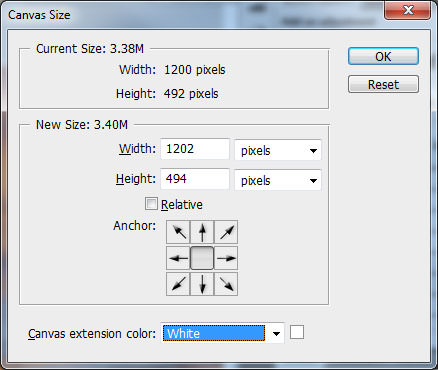
- #How to make photo frame 4 work in cc 2015 manual#
- #How to make photo frame 4 work in cc 2015 software#
- #How to make photo frame 4 work in cc 2015 free#
This will take all of your images and adjust for the slight horizontal, vertical and rotational shifts that occurred when shooting the images. Once all of the layers have been loaded, select all of them in the layers palette and then from the top menu, choose “Edit > Auto-Align Layers…”. Still having all of your images selected, right-click on one of the thumbnails again and choose “Edit In > Open as Layers in Photoshop…” and then Photoshop will take over the next part of the process. This will apply the adjustments you made to every frame. Now you can select all of your flagged images, right-click on one of the thumbnails and choose “Develop Settings > Paste Settings”. This is done by choosing “flagged” from the filter dropdown box in the lower right above the filmstrip. You’ll now need to filter your images to just see the “picks”. Make sure the changes you made are checked, and copy. When I’m happy with the general look, I right-click on the image and select “Develop Settings > Copy Settings”. Exposure adjustments, noise reduction, white-balance correction, etc. When I think I’ve found all of my focus points, I’ll typically choose a central frame and apply any global adjustments I’d like to make to the RAW data. I flag the images I need with a “pick” flag (P key) and move on searching for the next missing frame. Clear your world from distractions, because you’ll need to make a mental note of which areas of focus have already been selected and which ones you still need to find as you look through your images. Once you have your images imported into Lightroom, you’ll need to start selecting an image from each focus point. This is necessary because you’re shooting in uncontrolled intervals of distance and may miss a spot. When putting a macro image of a snowflake together I may use 40 frames, but I’ll shoot 200. Move the camera forward and backward through the focus area and drastically overshoot. Doing it all yourself isn’t impossible, but you’ll find it easier with an assistant holding the flash or using a ring flash to simplify the equation.įire away, and take far more images than you think you need. If holding an off-camera flash, holding the end of the lens and the camera seems daunting – it is. This takes practice, but I find if you hold the end of the lens securely and find something to brace yourself with, the results are better. Any major side-to-side, up-and-down shifting will create a change in perspective which makes focus-stacking much more difficult. When you’ve found your subject, the most critical element of shooting is that you only move the camera forward and backward.
#How to make photo frame 4 work in cc 2015 free#
Using flash is a good idea, as this allows you to keep a faster shutter speed and help ensure that all of the resulting images are free of motion blur (from either the camera or the subject). We’ll be firing off as many shots of the subject as possible as quickly as we can. You’ll also want the camera on continuous shooting. From this point forward, you won’t be changing your focus by the lens, but rather moving the entire camera forward or backward to get your subject in focus. On a dedicate macro lens, this would generally mean 1:1 lifesize magnification.
#How to make photo frame 4 work in cc 2015 manual#
Firstly, you’ll want to set your camera lens to manual focus and leave the focus ring set to the closest focusing point. There are a few tips to get started with hand-held shots intended to be focus-stacked.

Each grain of pollen is 70 microns long and the image is created using 16 separate frames for increased focus Shooting: For this article, let’s keep things simple with what you already have: no tripod required, and we’ll be using Lightroom and Photoshop.

#How to make photo frame 4 work in cc 2015 software#
There are tools to achieve this – dedicated tripod accessories called “focus rails” and dedicated software for combining images (Helicon Focus and Serene Stacker are two I’ve used before). The best solution is to use a technique called “focus stacking”, which combines multiple frames together to increase the area of the image that is in focus.įocus stacking requires you to photograph your subject at every single possible focus point you’d like to have sharp, and then combining those images together to get one image where everything has detail. Unlike a landscape photographer who can set their aperture to F/22 and be happy, a macro shooter will likely be rewarded by blurry images – and even if they are sharp, the focus still won’t magically spread from edge-to-edge. Not only is hitting the perfect focus point an exercise in frustration, but often you don’t have enough in focus. One of the biggest challenges facing macro photographers is getting your subject in focus.


 0 kommentar(er)
0 kommentar(er)
